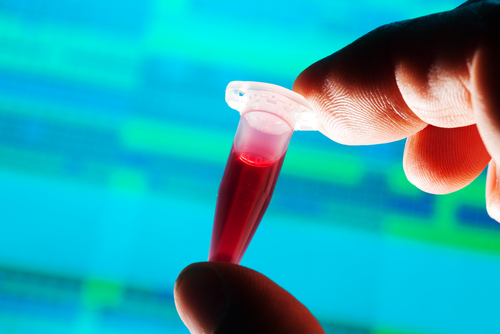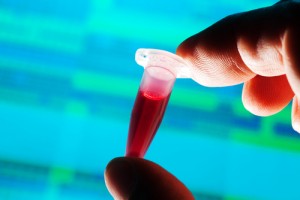Endogenous Stem Cells Studied as Muscular Dystrophy Treatment

 Insights into recent advances for Muscular dystrophy disease treatment, entitled “HDAC-regulated myomiRs control BAF60 variant exchange and direct the functional phenotype of fibro-adipogenic progenitors in dystrophic muscles” were recently published in the Genes & Development journal by Dr. Valentina Saccone. Dr. Saccone is part of Dr. Pier Lorenzo Puri’s research group, from Istituto di Ricovero e Cura a Carattere Scientifico (IRCCS) Fondazione Santa Lucia, Rome, Italy, and was joined in her researchers by other colleagues as well.
Insights into recent advances for Muscular dystrophy disease treatment, entitled “HDAC-regulated myomiRs control BAF60 variant exchange and direct the functional phenotype of fibro-adipogenic progenitors in dystrophic muscles” were recently published in the Genes & Development journal by Dr. Valentina Saccone. Dr. Saccone is part of Dr. Pier Lorenzo Puri’s research group, from Istituto di Ricovero e Cura a Carattere Scientifico (IRCCS) Fondazione Santa Lucia, Rome, Italy, and was joined in her researchers by other colleagues as well.
Dr. Saccone and colleagues’ research findings may have a significant impact in the pathogenesis of muscular dystrophies (MDs) pathologies, such as Duchenne muscular dystrophy (DMD), since they describe a novel molecular network that may change the pattern of genetic expression of fibroadipogenic progenitors, which induce compensatory regenerative processes at early stages of progression of muscular dystrophy disease. DMD is an inherited muscular disease that is fatal and is characterized by an early regenerative response to counteract a loss of muscle that starts to disappear as the disease progresses, switching to a stage where the initial regenerative processes change into the formation of fibrotic scars and infiltration of fat. The mechanisms that lead to the decline of these regenerative processes are not well known and are a matter of debate. But the reasons for this decline may be because the main effector cells of the muscle regeneration processes, the muscle stem (satellite) cells (MuSCs), do not respond to regeneration signals or the microenvironment surrounding these cells is disrupted. Recently multi potent mesenchymal cells localized in skeletal muscle interstitial called fibroadipogenic progenitors (FAPs) described in the report seem to influence the activity of MuSCs, and may be involved in the pathogenesis of DMD. Therefore, it seems obvious that interactions between different cellular players of the regenerative processes may contribute to the promotion of either a productive or a deleterious environment for compensatory regeneration of dystrophic muscles.
[adrotate group=”3″]
The researchers have previously shown that alterations in the activity of FAP during disease progression contributed to the switch into the progressive fibro-adipogenic degeneration phase of dystrophic muscles and the absence of response to HDAC inhibitors (HDACis) in old mdx mice, the animal model for studying Duchenne muscular dystrophy. HDACi treatment has been shown to promote regenerative processes and therefore contributes to the inhibition of progressive decline in muscle function.
In this study, the researchers describe a novel molecular network that is crucial for the action of HDACis in changing the FAP activity and inducing compensatory regenerative processes during the first stages of DMD progression in mdx mice. Importantly, these findings may pave the way for the pharmacological regulation of the FAP activity to impair DMD progression.






